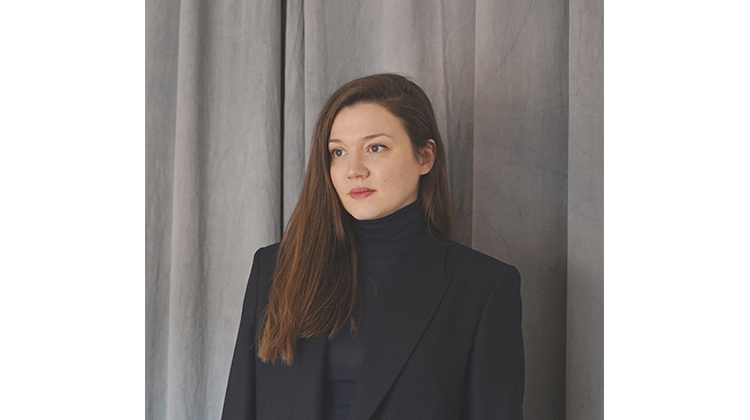4.153
Architecture Design Core Studio III
Interdisciplinary approach to design through studio design problems that engage the domains of building technology, computation, and the cultural/historical geographies of energy. Uses different modalities of thought to examine architectural agendas for 'sustainability'; students position their work with respect to a broader understanding of the environment and its relationship to society and technology. Students develop a project with a comprehensive approach to programmatic organization, energy load considerations, building material assemblies, exterior envelope and structure systems.
Fall
2024
0-12-9
G
Schedule
TRF 1-5
Location
studio 3-415
Prerequisites
4.152
Open Only To
2nd-year MArch
Can Be Repeated for Credit
No
Document Uploads



